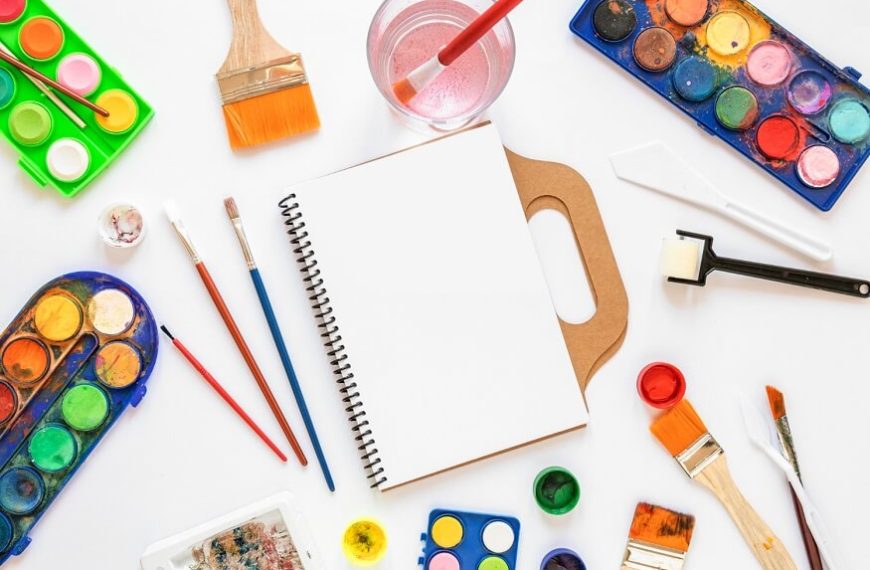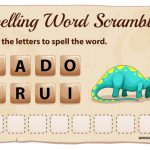Watercolor painting, with its delicate interplay of precision and spontaneity, has an enchanting allure that draws artists of all levels into its embrace. In the realm of this captivating art form, we are about to embark on a journey exploring simple watercolor concepts. Our focus will be on the intriguing resist techniques that have the power to elevate your artwork to new heights. Whether you’re taking your first steps into the world of watercolors or you’re a seasoned artist seeking to broaden your creative horizons, these techniques promise a distinctive and exhilarating pathway for expressing your artistic vision. So, let’s unravel the secrets behind these techniques and unlock the potential they hold for transforming your watercolor paintings into captivating works of art.
- Embracing Simplicity
- Exploring Easy Paintings with Watercolors
- Understanding Watercolor Techniques
- Water Coloring Techniques Unveiled
- The Essence of Resist Techniques
- Materials for Resist Painting
- Experimentation is Key
- Overcoming Challenges
At its core, simple watercolor painting is a celebration of the beauty found in subtlety. It thrives on the idea that less can be more, and with just a few basic techniques, artists can craft breathtaking works that encapsulate the very essence of their chosen subject matter. This art form encourages practitioners to embrace the inherent simplicity of the medium itself. By doing so, artists open themselves to a world where the transparency of watercolors becomes a dynamic force, breathing life into their creative visions. The sheer versatility of watercolors allows for a delicate dance between light and color, enabling artists to evoke emotions and atmospheres with finesse.
Intuitive brushstrokes are the cornerstone of creating easy paintings with watercolors Furthermore, simplicity seamlessly extends to your color palette, where the artistry lies in the strategic use of a limited selection of colors. By consciously choosing a restrained palette, you not only make the painting process more manageable but also enhance the overall visual impact of your artwork. The harmony and balance achieved through this intentional color selection contribute to the cohesiveness of your composition, allowing your audience to connect with the piece on a deeper, more visceral level. In embracing this simplicity, you embark on a journey where each brushstroke and hue become deliberate choices in the creation of a visually captivating masterpiece.
Before embarking on the enchanting journey of resist techniques, laying a robust foundation in basic watercolor techniques is essential. These fundamental skills serve as the building blocks upon which the intricacies of resist painting can be confidently explored. Begin by delving into the world of washes, where the controlled application of diluted paint creates gradients and depth on your canvas. Wet-on-wet technique introduces a dynamic element, as pigment interacts with a wet surface, resulting in beautifully blended and unpredictable outcomes. Equally important is the mastery of the dry brush technique, which involves using minimal water for a textured effect, allowing artists to add intricate details and enhance the tactile quality of their creations.
Wet-on-wet and dry brush techniques stand as distinctive pillars in the expansive realm of watercolor painting, each offering a unique contribution to an artist’s palette of skills. Wet-on-wet, known for its simplicity and effectiveness, involves applying water to the paper before introducing pigment. This approach invites the colors to dance and mingle, creating a seamless fusion that is ideal for crafting dreamy, ethereal landscapes and backgrounds. The unpredictability inherent in wet-on-wet adds an element of spontaneity, making it a technique that can evoke emotions and atmospheres with fluid grace. In contrast, the dry brush technique presents an entirely different set of possibilities. Here, artists utilize minimal water, allowing the brush to interact with the paper in a way that imparts texture and intricate details. This method is particularly advantageous for those seeking to add depth and complexity to their creations.
Resist painting, a captivating facet of watercolor artistry, unfolds like a mysterious dance between the medium and the materials. This intriguing technique adds an extra layer of complexity and creativity to your repertoire by incorporating elements that resist the watercolor’s embrace. Whether using wax, masking fluid, or other innovative resist materials, the process involves strategically applying these substances to specific areas of the paper. As the watercolor is applied, the resisting materials create boundaries, leaving behind untouched regions that resist the pigment. This interplay of resistance and acceptance results in unique textures and patterns, injecting a sense of depth and fascination into your artwork. Resist painting encourages artists to experiment with the boundaries of control and spontaneity, opening doors to unforeseen artistic expressions that can captivate the viewer’s gaze and spark a deeper connection with the piece.
Wax resist, a time-honored technique, adds a layer of intrigue and versatility to watercolor painting. The process entails applying wax to the paper before the application of watercolors, creating a protective barrier that resists the absorption of pigment in treated areas. This classic method offers artists a spectrum of possibilities, from delicately rendering fine lines to achieving expansive, textured effects. Wax resist allows for a nuanced control over the interaction between watercolor and surface, giving artists the ability to craft intricate details or unleash bold, expressive strokes. On the other hand, masking fluid emerges as another indispensable tool in the arsenal of resist painting.
The realm of resist techniques unfolds as an expansive playground for artistic experimentation, beckoning creators to push the boundaries of traditional watercolor painting. Whether your artistic inclinations lean towards landscapes, abstract art, or intricate details, resist techniques present a canvas of endless possibilities. It’s through this fearless exploration that artists can carve their distinct niche, creating works that resonate with personal expression while challenging the norms of traditional watercolor painting. So, let curiosity be your guide, and let the allure of experimentation propel your artistry into uncharted and extraordinary territories.
Indeed, resist techniques can present challenges, particularly for those new to the intricate world of watercolor painting. However, patience emerges as a steadfast ally in overcoming these hurdles. For beginners venturing into resist methods, it’s crucial to exercise patience at every stage of the creative process. Allowing layers of paint to dry thoroughly before applying resist materials ensures that the intended effects are achieved without unintentional blending or smudging. Additionally, when working with masking fluids, taking the time to patiently peel off these protective layers unveils the hidden beauty beneath, rewarding artists with the pristine, untouched sections of their artwork.
In conclusion, simple watercolor painting, coupled with resist techniques, opens up a world of artistic possibilities. Embrace the beauty of simplicity, explore easy paintings with watercolors, and master the foundational watercolor techniques before delving into the captivating realm of resist painting.
As you embark on this artistic journey, remember that creativity knows no bounds. Let your imagination run wild, experiment with resist techniques, and watch as your watercolor paintings evolve into unique masterpieces.
If you’re passionate about creativity and education, consider exploring EuroKids, a leading provider of early childhood education. With a commitment to nurturing young minds, EuroKids provides a supportive environment where children can learn, grow, and express their creativity. Visit our website to discover how they’re shaping the future through innovative and holistic educational practices.















